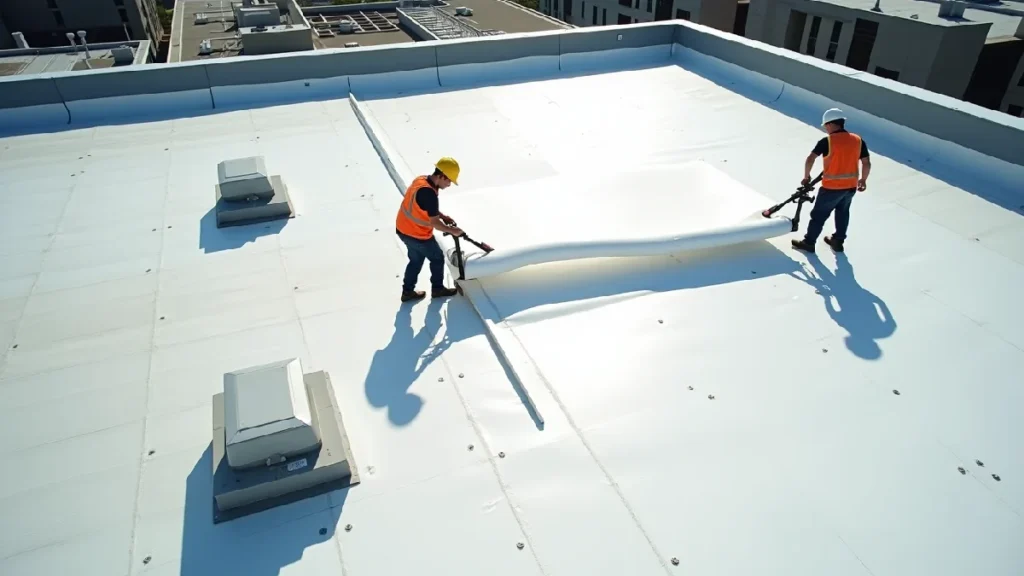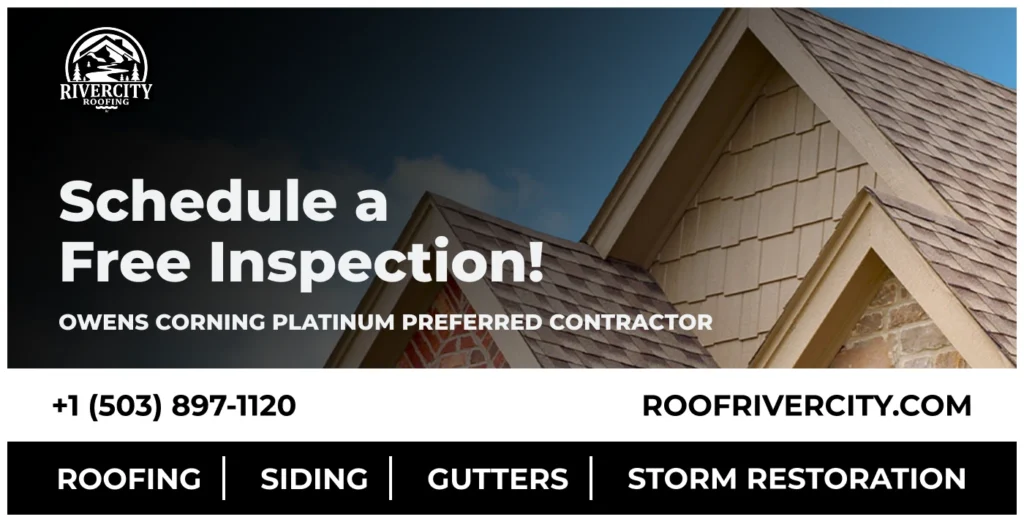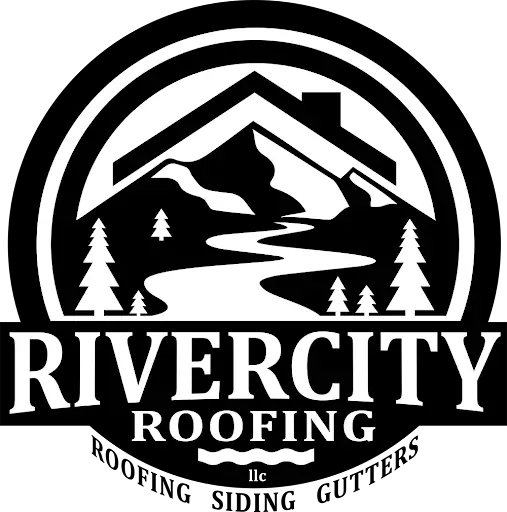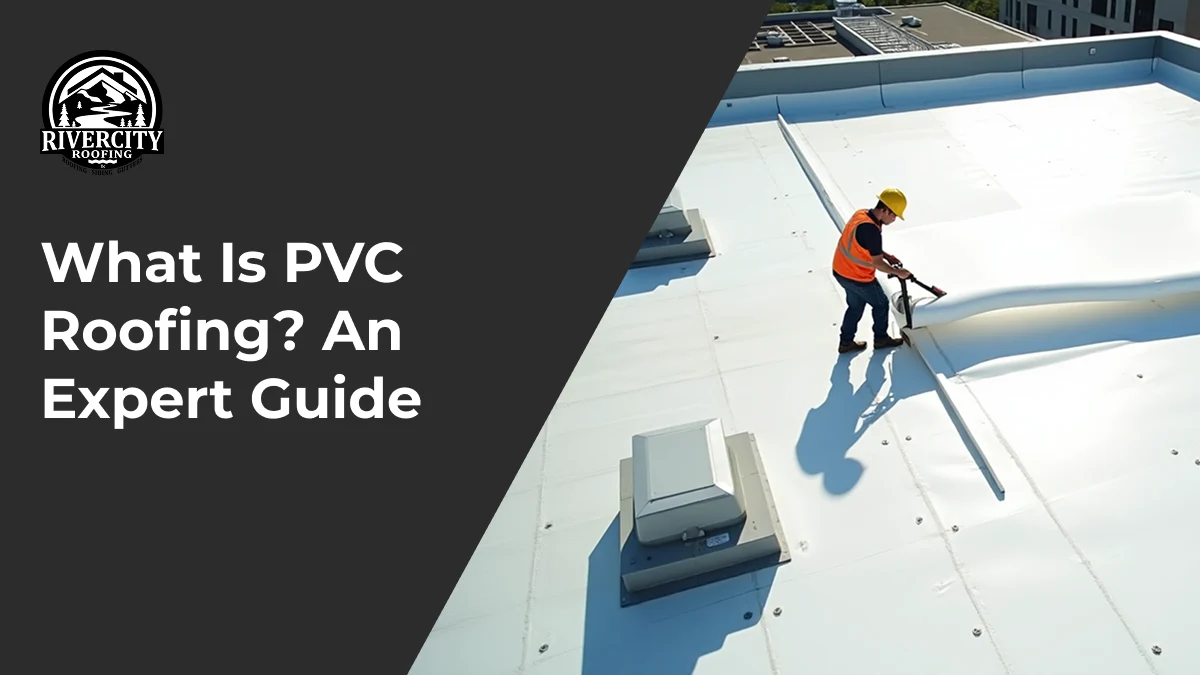PVC roofing has transformed commercial and residential construction over the last three decades. This roofing solution has proven especially effective for commercial projects. The single-ply white membrane system reflects heat rather than absorbing it, which makes it an energy-saving option for building owners. A well-installed PVC roofing system lasts up to 25 years and provides great value, with installation costs between $12.00 to $17.00 per square foot.
Selecting the right roofing material is vital to your property’s longevity and efficiency. This piece explores PVC roofing’s material composition, installation methods, and performance characteristics. On top of that, it helps you decide if this durable, weather-resistant roofing solution matches your specific needs.
What is PVC Roofing? Understanding the Material Composition
PVC roofing membranes have revolutionized commercial roofing technology since their debut in the 1960s. These high-performance single-ply membranes use polyvinyl chloride (PVC). This synthetic plastic polymer stands as the world’s third most produced plastic.
PVC’s foundation lies in two basic components: chlorine from common salt and ethylene from natural gas. This chemical makeup creates PVC’s unique properties. Chlorine makes up 57% of its mass, while carbon and hydrogen contribute 38% and 5%, respectively.
A typical PVC roofing membrane has three layers. Manufacturers place a reinforcement scrim made of polyester or fiberglass between two layers of specially-created PVC film. This design makes the membrane incredibly durable. The reinforcement scrim adds excellent tear and puncture resistance. These membranes come in different thicknesses – usually 60, 80, or 90 mils (0.06 to 0.09 inches).
PVC becomes an effective roofing material through its specialized formula. Manufacturers add several key ingredients:
- Plasticizers to improve flexibility
- UV light stabilizers to prevent degradation
- Heat stabilizers to prevent breakdown at high temperatures
- Biocides to resist microbial growth
- Flame retardants for fire resistance
- Color pigments for esthetic purposes
Modern PVC roofing systems often include Ketone Ethylene Ester (KEE), a solid plasticizer that creates stronger membranes. Traditional liquid plasticizers can evaporate as time passes. Still, KEE helps the membrane keep its elasticity longer, which extends the roof’s lifespan.
Manufacturers use three main methods: extrusion, calendering, and spread-coating. Extrusion stands out as the most innovative approach. This process heats the PVC formula to its softening point and pushes it through an extruder and flat die. Computer systems monitor thousands of data points throughout production to ensure quality.
These engineered features help PVC roofing withstand extreme weather while providing excellent waterproofing protection.

Free Roof Inspections. Fast. Reliable.
Is your roof ready to weather the storm? Dont risk property damage. Our free roof inspections provide expert analysis to identify potential issues before they become costly problems.
PVC Roofing Installation Methods and Best Practices
PVC roofing systems need proper installation techniques to succeed. Professional roofers use three different methods to apply PVC membranes on commercial structures.
Mechanically Attached Systems connect the membrane to the roof deck with specialized fasteners and plates. This method works best for structures in high-wind areas and gives excellent protection against severe weather. Roofers install the fasteners along membrane overlaps and cover them with the adjacent sheet. This creates a clean look while protecting attachment points.
Fully Adhered Systems use special adhesives to bond the membrane to the substrate. The system doesn’t need mechanical fasteners to penetrate the membrane and creates a smooth, uniform surface. These installations shine in areas where looks matter or where you need minimal deck penetrations.
Induction Welded Systems take an innovative path. Roofers attach special plates to the roof deck first and lay the membrane over them. An induction welding tool then heats the plates under the membrane to create a strong bond without surface penetration. This technique needs fewer fasteners and enhances roof performance.
Whatever attachment method you choose, all PVC roofing systems share one key installation feature – hot air welding of seams. Unlike traditional roofing that uses adhesives or mechanical fasteners at joints, PVC membranes fuse with specialized hot air welding equipment. The process softens the membrane at 10-15 feet per minute with automatic welders. Handheld tools work at 1-3 feet per minute for detail work. The welded seams cool in about 10 seconds and create a surface as strong as the membrane itself.
The system’s integrity depends on proper flashing around roof penetrations, parapets, and equipment curbs. Pre-formed accessories for pipes, corners, and other details will give waterproof connections at these vulnerable points.
Must Read: Choosing the Right Roof for Your Business
Performance Characteristics of PVC Roofing Systems
PVC roofing systems stand out because they last so long. These systems can last 20 to 30 years with proper installation and care. Some manufacturers say their products can even reach 35-40 years if you take good care of them.
The system’s strength comes from its unique seams. Unlike traditional roofing that uses glue, PVC seams use hot-air welding. This creates bonds stronger than the material itself. These seams stay intact even with standing water, which gives them a big advantage over glue-based systems.
PVC roofing’s chemical resistance makes it special. The material fights off acids, alkalis, animal fats, grease, and oils without breaking down. This makes it perfect for restaurants, factories, and industrial buildings where chemicals are common.
Fire safety is another huge benefit of PVC roofing. The material naturally resists fire and stops burning once you remove the flame. Lab tests show PVC stops burning within seconds after removing the flame. Other materials keep burning for several minutes.
Tough weather doesn’t bother PVC roofing much. Special UV protection keeps the sun from damaging it. The material stays strong even after years in the sun. The roof’s reflective surface also helps buildings stay cooler and can cut down on air conditioning costs.
Building owners who care about the environment will like that PVC is recyclable. You can turn old PVC roofing into new roofing products or other materials. This means the original material keeps being useful long after its first use.

Conclusion
PVC roofing has proven itself as a trusted option for both commercial and residential buildings over several decades. These roofing systems last up to 30 years, thanks to advanced manufacturing and careful material engineering. Industrial facilities and restaurants benefit from PVC’s chemical resistance, fire-retardant properties, and strong weather protection.
Building owners can choose from multiple installation methods that match their specific needs. PVC roofing adapts well to different requirements – from mechanically attached systems in high-wind areas to fully adhered applications with better esthetics. The system’s hot-air welded seams create permanent waterproof bonds that exceed the membrane’s strength.
PVC roofing’s white surface reflects heat and cuts cooling costs, making it one of the most energy-efficient options available. The material can be recycled and supports green building goals. Square foot installation costs range between $12-$17, which makes PVC roofing a budget-friendly choice throughout its lifespan.
Property owners looking for reliable long-term solutions will appreciate PVC membranes’ track record of performance and adaptability. These systems protect commercial buildings effectively while helping optimize energy usage in daily operations.


